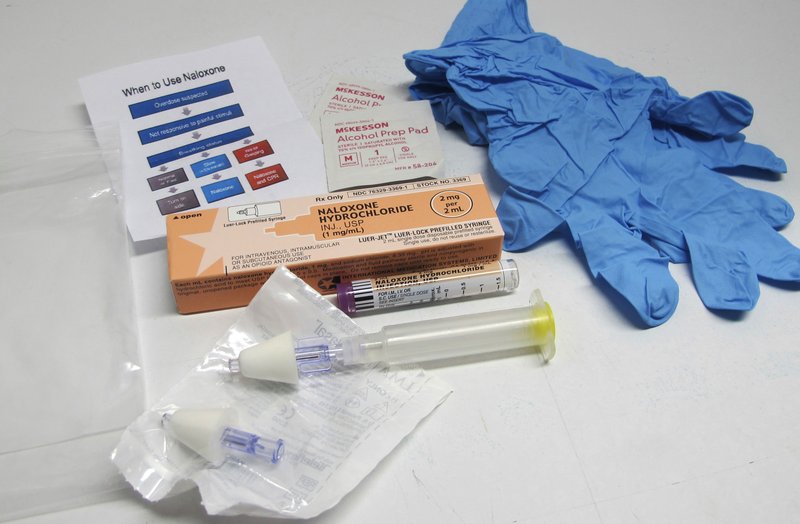
Opioid poisonings and overdoses are sending increasing numbers of U.S. children and teens to the hospital, according to a study showing a substantial rise in young patients needing critical care.
The study included accidental poisonings along with overdoses from intentional use. Prescription painkillers were most commonly involved, but heroin, methadone and other opioid drugs also were used.
Hospitalizations were most common among kids aged 12-17 and those aged 1 to 5.
The youngest kids typically found parents’ medications or illicit drugs and used them out of curiosity, said Dr. Jason Kane, the lead author and an associate pediatrics professor at the University of Chicago and Comer Children’s Hospital.
Reasons for the increases are unclear but it could be that drugs became more widely available and potent during the study years, Kane said.
“Opioids can depress your drive to breathe,” Kane said, and they also may cause blood pressure to plummet to dangerously low levels. Treatment for these symptoms includes ventilators and powerful drugs that constrict blood vessels. Naloxone, the “rescue’ drug used that can revive overdose patients who’ve stopped breathing, was used in nearly one-third of cases during the 2004-15 study.
The study was published Monday in Pediatrics .
The study involved 31 children’s hospitals, or about 20 percent of U.S. children’s hospitals. Opioid-related stays increased from almost 800 to 1,500 during the study. The results echo research published last year that found the annual rate of hospitalizations for opioid poisonings in kids nearly doubled from 1997-2012
The new study found a similar increase in patients requiring intensive treatment, rising from 367 to 643 in the final years.A small fraction of the nearly 4.2 million hospitalizations of children during the study involved opioids, but 43 percent of these opioid-related stays required intensive treatment. Annual deaths dropped from almost 3 percent to just over 1 percent of kids hospitalized for opioid reactions.
Nearly 20 percent of kids under 6 were hospitalized after swallowing methadone, an opioid used to treat addiction.
“These kids are really the secondary victims of this adult opioid epidemic,” Kane said. He said the results emphasize how crucial it is to store medications and other drugs locked, hidden and out of children’s reach.
A Pediatrics editorial notes that several treatment programs for drugs including opioids have been shown to reduce teen and young adult use. The new findings highlight the need for pediatricians to get involved “to combat the ongoing opioid crisis in our country,” the editorial said.



